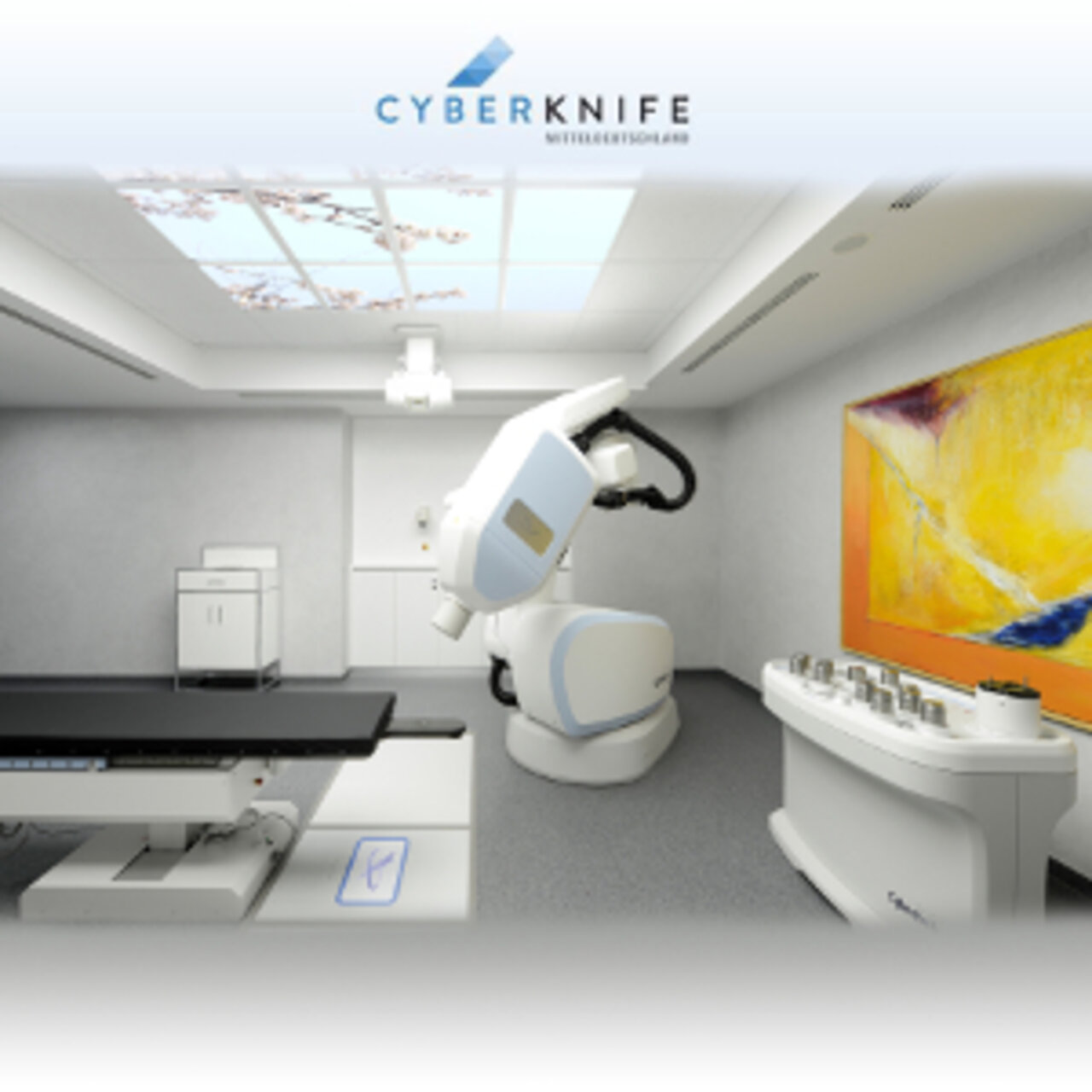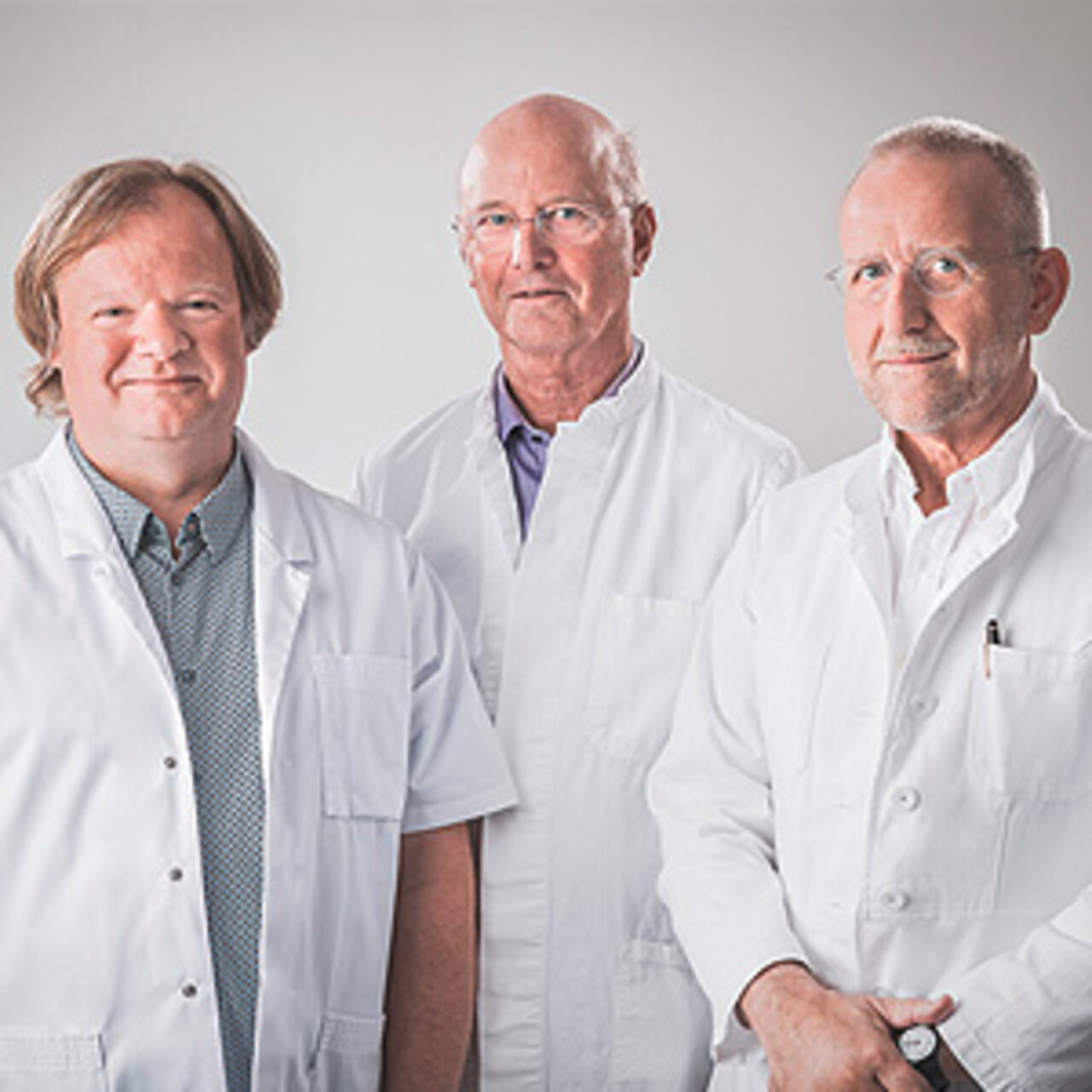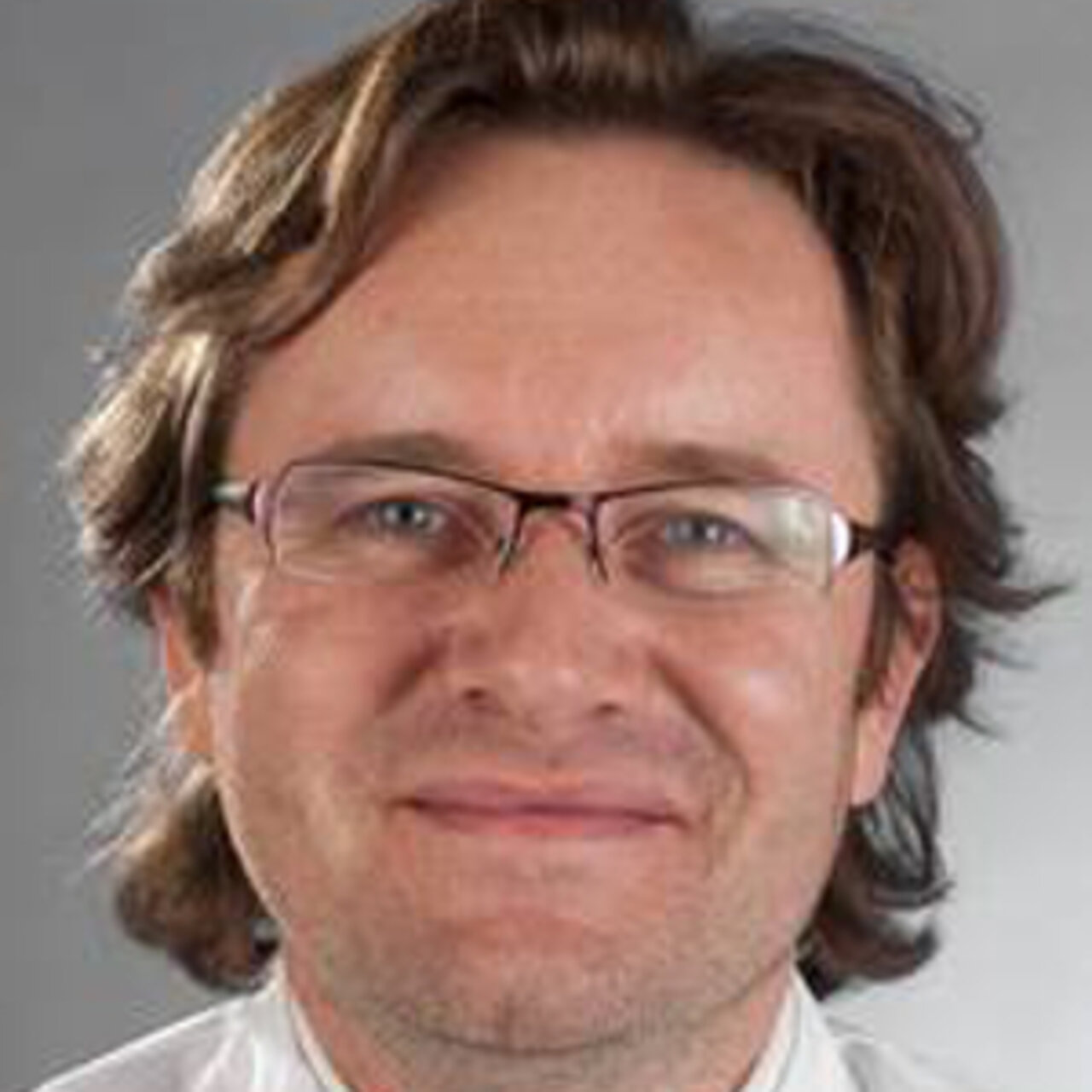Specialists in Glioblastomas
14 Specialists found
Radiological Alliance – Interdisciplinary Center for Radiosurgery
Radiation Therapy / Gamma Knife
Hamburg
Information About the Field of Glioblastomas
What Is Glioblastoma?
Glioblastoma is the most malignant and also the most common brain tumor in adults. Glioblastoma develops from glial cells (supporting cells) of the central nervous system. In the case of glioblastoma, some of these supporting cells degenerate and begin to grow indefinitely. On average, this disease affects older people (mean age of disease between 50-70 years) and more often men than women.
Glioblastoma Causes
Glioblastoma is usually new (de novo) but can also develop from less malignant astrocytoma and often occurs as a recurrence of the astrocytoma.
Also, certain diseases are associated with glioblastoma's frequent occurrence and are, therefore, partly hereditary.
Except for therapeutic radiotherapy in childhood, which can lead to a brain tumor after many years, no factors (nutrition, toxins, standard X-rays, etc.) are known, which would forward the occurrence of a glioblastoma.
Glioblastoma Symptoms
Symptoms appear relatively early due to the rapid growth of the tumor and the narrow confinement by the skull bone; one of the first symptoms may be a persistent headache that is unresponsive to medication.
The increase in brain pressure is often followed by other typical signs of cerebral pressure, such as vomiting, somnolence (drowsiness, drowsiness), or a congestion papilla (increase in pressure in the eye, causing damage to the optic nerve).
Special failures such as impaired vision and speech, paralysis, or personality disorders can also occur due to the displacement of some brain tissue regions.
What Are the Diagnostic Procedures?
Radiology can diagnose a glioblastoma using magnetic resonance imaging (MRI) and other imaging procedures such as CT (computed tomography). For a more precise depiction of the tumor concerning its spread and malignancy, a contrast agent is administered, which usually leads to a CT or MRI finding typical for the tumor (but not always clear). An angiogram (depicting the blood supply) of the tumor or a tumor cell biopsy (removal of a tumor tissue sample) may also be necessary.
How Is Glioblastoma Treated?
Since the treatment of a brain tumor is a complicated procedure, it must be adapted to the patient's state of health and age.
When the tumor first appears, it is always surgically removed by neurosurgery. The surgery is one of the minimally invasive therapies (the smallest possible operating field and a smaller operating risk and better chances of recovery).
In addition to the surgery, both radiotherapy and chemotherapy are carried out, adjusted according to the patient's age. In addition to conventional radiation with photons, proton therapy can also be considered. Radiosurgical irradiation with Gamma Knife or CyberKnife can also be considered.
The treatment of a recurrence (recurrent tumor) includes the excision of the tumor (resection) as well as either another chemotherapy (with a possibly modified chemotherapeutic agent) or radiotherapy.
Glioblastoma Prognosis
Until now, glioblastoma has been considered an incurable tumor, which means that despite surgery, radiation, and chemotherapy, the disease's recurrence has to be expected. Since glioblastoma is one of the fast-growing tumors, the symptoms of the disease return relatively quickly, within a few months. Despite therapy, the average survival time is only a few months to years (1-2). A younger age and tumor cells that are less malignant (better differentiated) are favorable for the prognosis.
Sources:
http://www.awmf.org/leitlinien/detail/ll/030-099.html
Henne-Bruns, Doris ; Dürig, Michael ; Kremer, Bernd ; Bruns, Doris Henne-: Chirurgie. 2. Aufl.. Stuttgart: Thieme, 2003.
Siewert, Jörg Rüdiger: Chirurgie. Berlin, Heidelberg: Springer, 2006.













